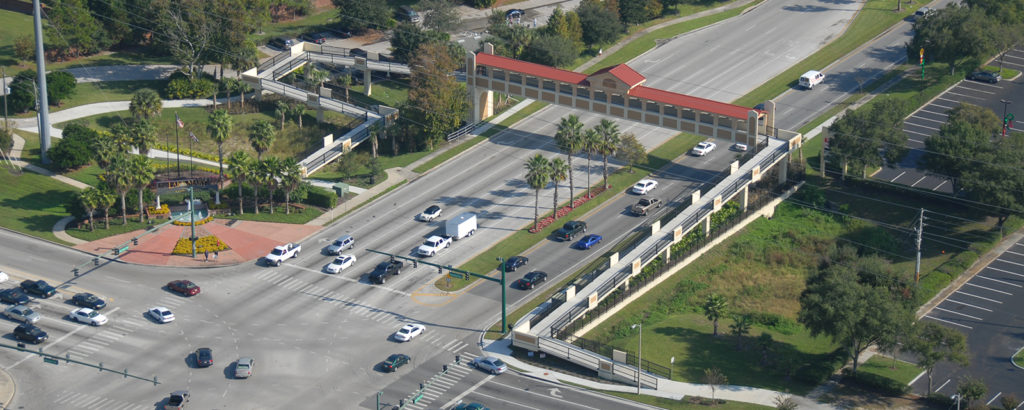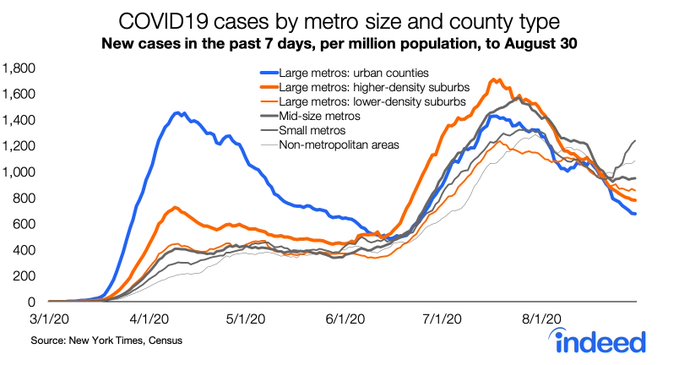What City Observatory did this week
Why most pedestrian infrastructure is really car infrastructure. One of the most misleading terms you’ll hear in transportation is “multi-modal” which in practice means a highway for cars and trucks, with largely decorative provisions for pedestrians and bicyclists. We look at a couple of examples of pedestrian overpasses in Florida and Georgia, which while ostensibly built for the benefit of people walking, are really only necessary because of a car-dominated environment. In addition, unlike highway “improvements” pedestrians overpasses almost always mean longer, more arduous journeys for pedestrians, and serve mainly to free drivers from having to slow down or watch out for non-vehicular travel.

Pedestrians don’t need infrastructure, so much as they need vibrant urban places, with closely spaced destinations, something that’s both rare and illegal in most of the nation’s suburban areas. Expensive pedestrian crossings like these, are at best remedial measures, and don’t do what’s needed to make places truly walkable.
Must read
1. Facebook: I’ll take Manhattan. Despite all the doom-saying about the future of work in dense cities, Facebook is moving forward with plans to lease 700,000 square feet of office space in the Farley Post Office Building near Penn Station in New York City. The reason? It’s all about access to talent.
The RealDeal reports that even in software, that quintessential computer-using business, innovation and productivity are all about close, face-to-face human interaction:
“So much of what we do is collaborative,” Rosenthal said. “[Software is] like writing a book together where all the plots have to connect and make sense and there are thousands of authors. It’s really hard to do if you’re not co-located in the same space and it’s important to even be able to see each other in the same space.”
2. Covid is now worse in rural areas and smaller metros than in big cities. Indeed economist Jed Kolko has been tracking county level Covid-19 case data by his urban/rural county typology. While the pandemic was famously worse in some of the nation’s big cities—notably New York—in the spring, with the second wave of the virus, the pattern has reversed. Its now the case that the rates of reported cases are now higher in smaller metros and rural areas than in the densest urban counties of large metro areas.
And in the past month, there’s been a notable further divergence in reported cases per capita, with rural and small metro areas collectively seeing the largest uptick. The highest and fastest rising rates are in non-metropolitan areas and the smallest metros; the lowest rates are now in the central counties of metros with a million or more population. While there are important qualifications for any urban/rural county classification system, these data show that the notion that vulnerability Covid-19 was primarily a product of urban density is a, shall we say, “rural myth.”
In the News
Writing at Michigan Future, Lou Glazer makes a strong case for the future of downtowns, quoting our “Youth Movement” CityReport: “High density, high amenity neighborhoods are not going away.”
BikePortland directed its readers to our commentary, “The case against Metro’s $5 billion transportation bond.”



